Although not originally intended only for children, fairy tales have had a prominent place in children’s literature for centuries. With their fantastic, magical elements and plot lines that support character education and social and emotional learning, fairy tales in the classroom can introduce students to history, international settings, critical literacy skills and more.
Fairy Tales Teach Critical Thinking, Inferring and More
While many of the fairy tales we know so well today originated in Europe centuries ago, most cultures and ethnicities have traditional stories that fit into the fairy tale genre. Almost all of these fairy tales have a timeless quality. Centuries after they were originally written, they still appeal to and resonate with children. Many feature archetypical characters that allow readers of any age to identify with their actions and motivations. They also tend to be tales full of adventure and suspense—which can be just plain exciting!
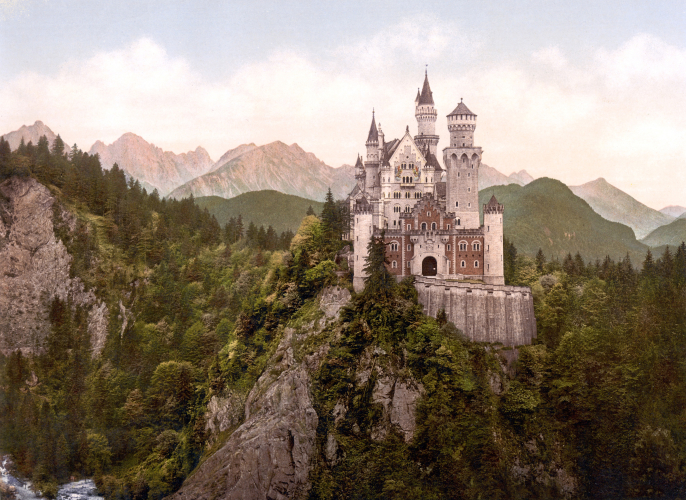
And although most fairy tales feature a moral or lesson, these tend to be subtly implied rather explicitly stated. This keeps the stories from becoming preachy or heavy-handed. Young readers’ critical thinking and inferring skills are developed as they see that actions and poor decision making can have negative consequences. Readers learn that what happens to them often depends on the choices they make. Fairy tales can also help young readers prepare to be members of a global, multicultural society, where moral decisions and conflict resolution play increasingly important roles.
A Modern Twist for Today’s Students
In modern times, fairy tales may seem archaic and increasingly irrelevant. They tend to reinforce traditional gender roles, often featuring damsels in distress who wait around for brave (although sometimes reckless) princes to rescue them. Many of the more popular fairy tales are western Euro-centric, which might not always be conducive to teaching kids about the diversity inherent in today’s global society. However, there are many modern versions of traditional fairy tales which offer readers new and fun twists on the original stories.
Gender roles in these modern fairy tales are often swapped or done away with completely. Familiar stories are set within a different cultural context, reaffirming the universality of the dilemmas fairy tale characters face. Some new interpretations offer readers the chance to explore point of view and perspective by switching the roles of villain and hero, giving insight into character motivations.
And while most fairy tales did originate in Western Europe, there has been an effort in recent years to place traditional fairy tales within more multicultural environments. This helps to make the stories and characters more universal, so that children of all backgrounds and experiences can see themselves in the text.
Fairy Tales to Use in the Classroom
There are so many ways to use fairy tales in the classroom. Author studies (The Brothers Grimm, perhaps?), genre studies, read alouds, exploration of new cultures…you’re limited only by your imagination. Fairy tales are also ideal for comparing texts that feature different versions of similar stories.
Ready to introduce your students to some not-so-traditional fairy tales? Here are some favorites to get you started.
Fairy Tales Featuring Characters in Non-Traditional Gender Roles
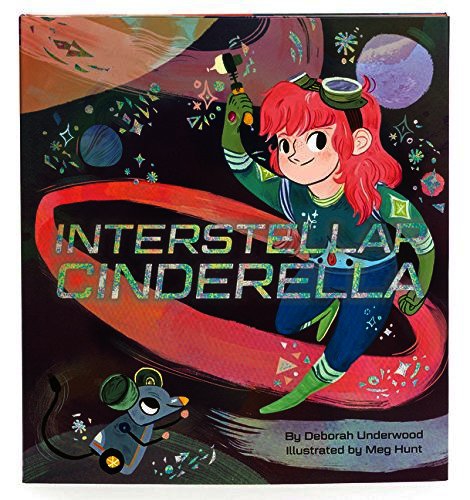 1. Interstellar Cinderella (Grades P-K) by Deborah Underwood
1. Interstellar Cinderella (Grades P-K) by Deborah Underwood
This Cinderella would rather fix rockets than attend fancy dress balls, but with the help of her fairy godbot, she gets to do both! And when the prince’s starship breaks down, it’s Cinderella who comes to his rescue.
2. The Sleeper and the Spindle (Grades 6-12) by Neil Gaiman
This beautifully illustrated story brings together elements from both Sleeping Beauty and Snow White. Instead of a handsome prince, it features a warrior queen more comfortable in armor than ball gowns. When a trio of dwarves warn their queen about a sleeping plague spreading across the kingdom, the queen sets out to rescue a sleeping princess locked away behind a wall of thorns and save her people.
3. Brothers of the Knight (Grades K-3, Level P, Lexile 560) by Debbie Allen
This contemporary retelling of the classic tale Twelve Dancing Princesses takes place in Harlem, where an African American reverend tries to discover why the shoes of his twelve sons are worn out every morning.
Fairy Tales with New Points of View
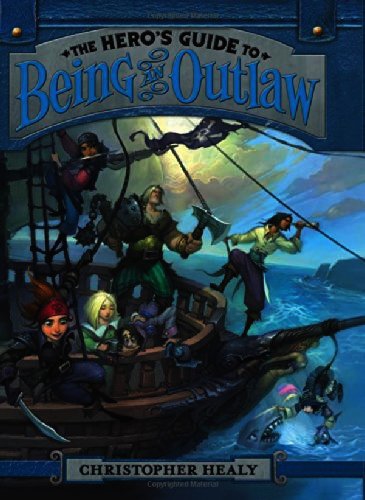
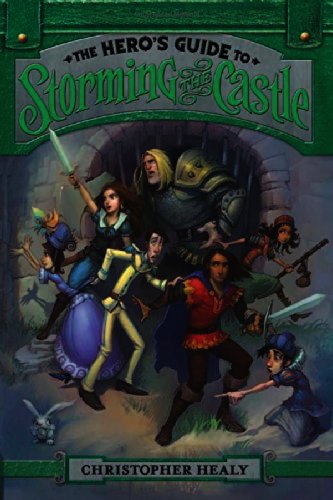 4. The Hero’s Guides (Grades 3-7) by Christopher Healy
4. The Hero’s Guides (Grades 3-7) by Christopher Healy
Everybody’s heard of Sleeping Beauty, Snow White, Cinderella and Rapunzel. But what about Prince Liam, Prince Frederic, Prince Duncan and Prince Gustav?
Collectively known as the princes charming, these guys are barely mentioned in their own legends. Rejected by their princesses, these princes stumble upon an evil plot that endangers all their kingdoms. They band together, and with lots of help from the girls, work together to foil an evil witch and save the day. This fun series continually defies readers’ expectations by taking familiar themes and characters from the original stories and putting them into new settings and circumstances.
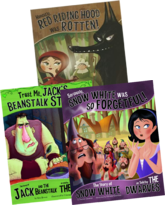 5. The Other Side of the Story (Grades P-3) by Trisha Speed Shaskan
5. The Other Side of the Story (Grades P-3) by Trisha Speed Shaskan
Was Cinderella annoyingly chatty? Was the Big Bad Wolf a victim of circumstance? Just because these classic stories are usually told from the protagonist’s point of view doesn’t mean the so-called villains don’t have their side of the story too!
Re-imagining familiar stories from different points of view gives young readers a chance to explore storytelling elements such as plot and character motivation. Books in this series can provide a jumping-off point for students to retell their favorite fairy tales from multiple points of view.
6. Rump: The True Story of Rumpelstiltskin (Grades 3-7, Level S, Lexile 660) by Liesl Shurtliff
In this humorous retelling of the classic fairy tale, young Rump finds he has a gift for spinning straw into gold. However, he soon learns that magic is dangerous, and as he spins, he weaves himself deeper into a dark curse. He sets out with his best friend Red Riding Hood on a dangerous quest to try to break the spell.
7. The True Story of the Three Little Pigs (Grades K-3, Level Q, Lexile AD570) by Jon Scieszka
This fractured fairy tale by Scieszka is a classic in its own right. Young readers familiar with The Three Little Pigs will love hearing the other side of the story from the wolf’s perspective.
Fairy Tales with Multicultural Characters
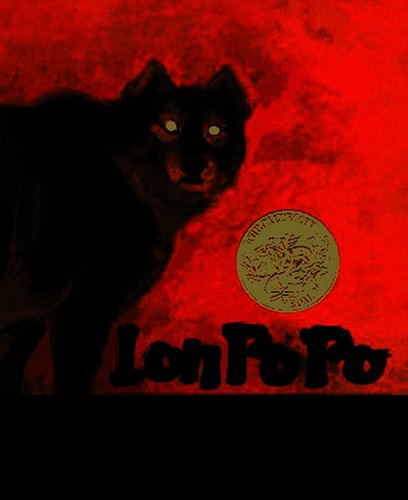 8. Lon Po Po: A Red-Riding Hood Story from China (Grades K-3, Level S, Lexile 670) by Ed Young
8. Lon Po Po: A Red-Riding Hood Story from China (Grades K-3, Level S, Lexile 670) by Ed Young
Three young girls are home alone in this version of the classic fairy tale. When Granny Wolf appears, pretending to be the girls’ grandmother, they take matters into their own hands to save themselves. The illustrations are beautiful, and are visually reminiscent of ancient Chinese paintings.
9. The Three Little Javelinas (Grades K-3, Level L) by Susan Lowell
This retelling of the classic story takes place in the American southwest, with the little javelinas (wild cousins to domesticated pigs) running from a hungry coyote who wants to eat them with hot chile sauce!
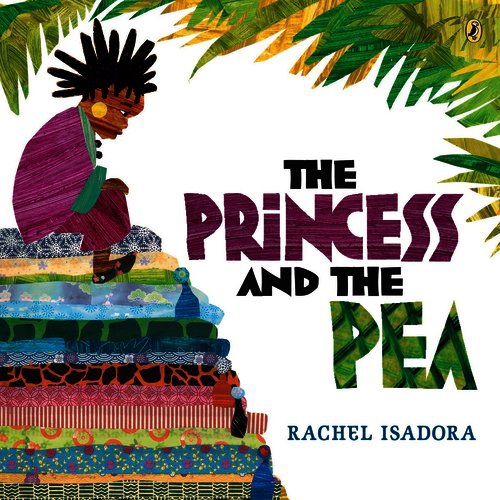 10. The Princess and the Pea (Grades P-1, Level H) by Rachel Isadora
10. The Princess and the Pea (Grades P-1, Level H) by Rachel Isadora
An African prince is looking for a princess, and he devises a clever plan to see if his interested suitors are as noble as they claim. But after so many fail his test, he despairs of ever finding his perfect partner. This charming retelling makes a great read aloud, and is beautifully illustrated by Caldecott Honor Winner Isadora.
11. The Golden Sandal (Grades K-4, Lexile AD870) by Rebecca Hickox
Hickox places her version of Cinderella in Iraq and weaves themes from the traditional fairy tale with elements of the Iraqi folktale, “The Little Red Fish and the Clog of Gold.” Maha lives with her evil stepmother and stepsisters, but instead of a fairy godmother, she’s helped by a benevolent fish. And, instead of losing a glass slipper, she misplaces a golden sandal.
More Fascinating Fairy Tales Retold
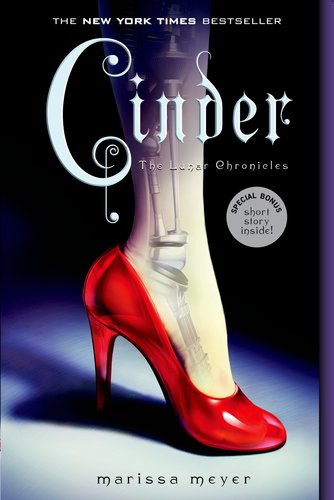
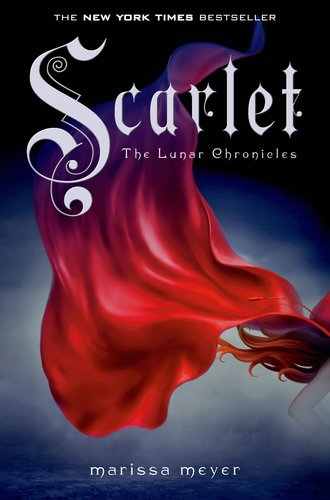 12. The Lunar Chronicles (Grades 7-12) by Marissa Meyer
12. The Lunar Chronicles (Grades 7-12) by Marissa Meyer
In this series, characters from classic fairy tales are reborn in a futuristic science fiction universe. Cinder is half human, half machine, while Scarlet is a spaceship pilot and Cress is a computer hacker with an amazing head of hair. Together, they band together to fight the evil Martian Queen Levana and save the universe.
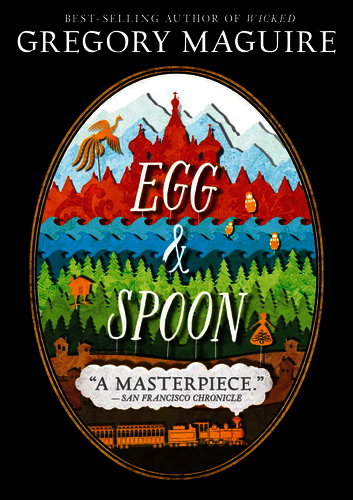 13. Egg & Spoon (Grades 6-12, Level Y, Lexile 700) by Gregory Maguire
13. Egg & Spoon (Grades 6-12, Level Y, Lexile 700) by Gregory Maguire
This adventure story is full of Russian folklore, mixing dragons, dancing matryoshka brides and the amazing Baba Yaga together with a case of mistaken identity—all taking place in the Russian countryside.
14. Big Bad Detective Agency (Grades 2-5, Lexile 570) by Bruce Hale
When the homes of the three little pigs get ransacked and robbed, suspicion falls on the most likely suspect: Wolfgang, a lone wolf with no alibi. But Wolfgang is innocent, and must team up with the fourth little piggie to crack the case and clear his name. The Big Bad Detective Agency is born!
There are so many amazing ways to use fairy tales in the classroom! Browse an extensive selection of traditional and not-so-traditional fairy tale titles and collections at Booksource.com.


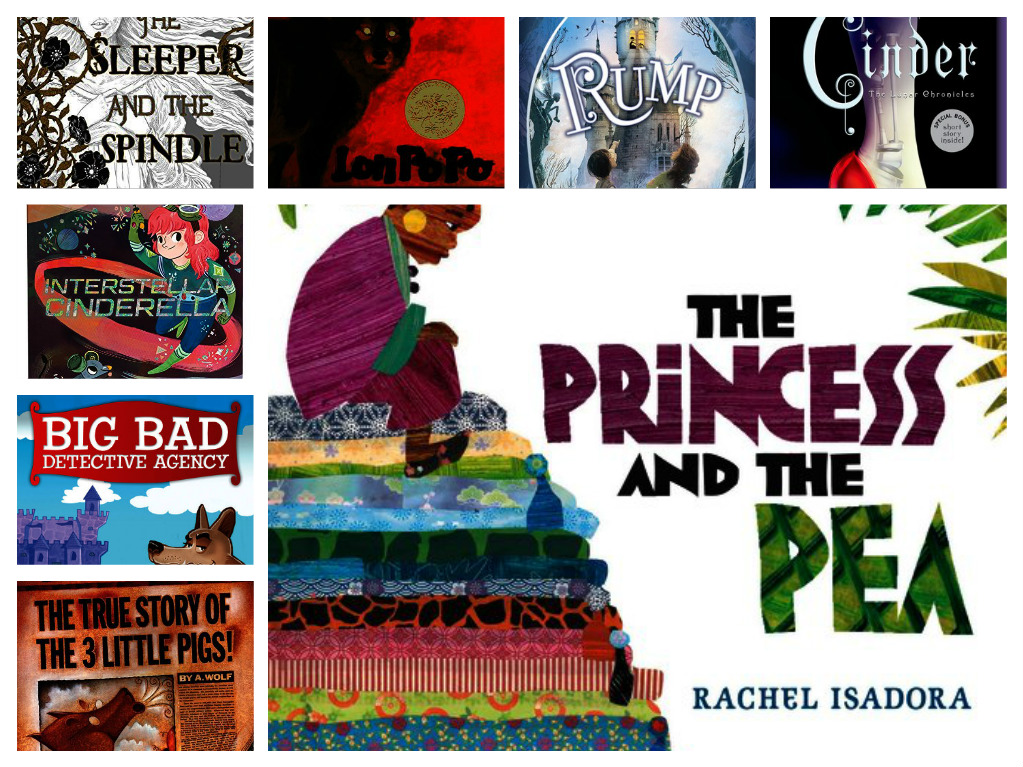
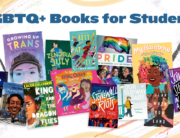
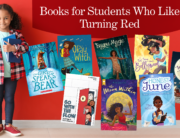
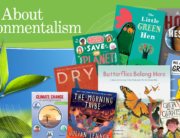
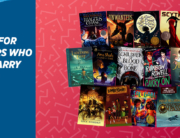
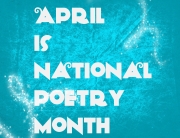
Many have archetypical characters whose actions and motivations may be identified by readers of all ages. They’re also more likely to be tales of adventure and mystery, which can be thrilling! Thank you.
Fairy tales can also assist young readers in preparing to become citizens of a global, multicultural society, in which moral decisions and conflict resolution are becoming increasingly crucial. Thank you!